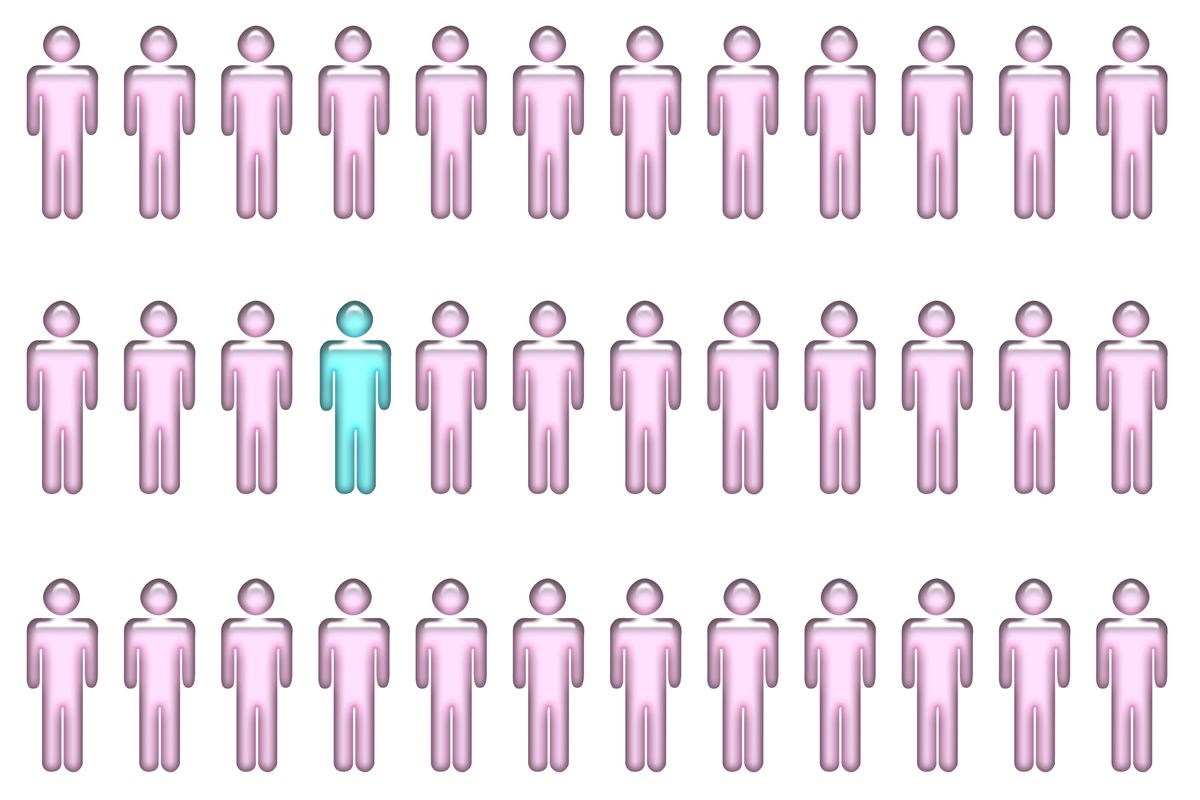More research is needed on the treatment and outcome differences that persist between younger men and women in the year following a myocardial infarction (MI) or heart attack, according to new data from 38,071 heart attack survivors in Ontario, Canada.
The patients in this observational analysis were all between 18 and 55 years of age and were hospitalized in Ontario between April 1, 2009 and March 31, 2019. Differences in cardiovascular hospital readmission rates, hospital admission rates for all reasons, cardiac disease/cardiac risk factors, treatment, angiographic findings, and revascularization rates were examined between women and men.
The data was provided by ICES, formerly known as the Institute for Clinical Evaluative Sciences, and several other databases provided information on patient comorbidities, hospital admission status, physician follow-up, neighborhood income information, and patient vital status. The diagnosis of acute myocardial infarction (AMI) was identified International Classification of Diseases, 10th Revision, Canada codes.
The data was provided by ICES, formerly known as the Institute for Clinical Evaluative Sciences, and several other databases provided information on patient comorbidities, hospital admission status, physician follow-up, neighborhood income information, and patient vital status. The diagnosis of acute myocardial infarction (AMI) was identified International Classification of Diseases, 10th Revision, Canada codes.
The results were published online today Canadian Journal of Cardiology.
“Vigorous efforts have been made to address these treatment disparities through public education campaigns and calls to action,” the study researchers wrote. “Despite these efforts, there are concerns that the improvement in clinical outcomes following AMI hospitalization in younger women is not being realized.”
Far fewer women (21.2%) than men made up the overall patient population, but among these women, the prevalence of diabetes increased steadily throughout the study period from 24.8% in 2009 to 34.9% (Ptrend < 0.001) in 2018 compared to 18% and 22% in males, respectively. The smoking rate fell in both from 53.2% to 41.7% in women and from 52.7% to 43.3% in men.
In addition, normal coronary anatomy and nonobstructive disease were more common in women than men, with 5.8% versus 1.7% and 22.8% versus 9.3% (both P < 0.001). In addition, in this study there was a very high overall rate of coronary angiography (95.9%), but coronary revascularization by percutaneous coronary intervention (PCI) and surgery occurred at lower rates in women than in men:
- PCI: 61.9% vs. 78.8% (P < 0.001)
- Surgery: 4.1% vs. 6.0% (P < 0.001)
Also, fewer women than men received coronary angiography during the hospital stay: 93.5% versus 96.6%.
However, both the primary composite endpoint of 1-year all-cause mortality or readmission for unstable angina, AMI, heart failure, or stroke, and readmission for all causes alone were 10.0% higher in the women in this study than in the women in in this study 7.9% and 25.8% versus 21.1%. For the composite endpoint, women had an 11% higher risk (HR, 1.11; P = 0.02) and a 34% higher risk of readmission for all reasons (HR, 1.34; P < 0.0001). But 1-year mortality was nearly the same, at 2.9% in females and 2.8% in males (adjusted HR, 1.08; 95% CI, 0.88-1.20; P = 0.70).
Cardiac risk factors assessed at baseline were diabetes, hypertension, dyslipidemia, current smokers and ex-smokers, and of these, diabetes and hypertension were more common among the female study participants (both P < 0.001). However, 4 of the 5 (excluding ex-smokers) were weighted more often among women.
Of the 9 comorbidities observed at baseline (prior myocardial infarction, prior PCI, prior coronary artery bypass graft, congestive heart failure, kidney disease, chronic obstructive pulmonary disease, cancer, peripheral vascular disease, cerebrovascular disease), only PCI was more common in males (P < 0.001). A left ventricular ejection fraction of 50% or greater was more common in females, and an ejection fraction of 35% to 49% and 20% to 34% was more common in males (both P < 0.001).
An accompanying editorial states: “This important analysis by Madan et al. presents us with both good and bad news. Although coronary angiography is now routinely offered to almost 96% of patients with AMI, small but significantly lower rates have been observed in women. And although the adjusted mortality rates at 1 year do not differ by gender, the crude mortality rates continue to show higher rates in females, which appears to reflect higher levels of comorbidities.”
The editorial authors suggest focusing more on factors beyond comorbidities, as hospital readmission rates remain higher among women for cardiovascular and non-cardiovascular causes, and the study authors suggest “the need for ongoing intensive Primary prevention strategies for younger women”.
Relation
Madan M, Qiu F, Sud M et al. Clinical outcomes in younger women hospitalized with acute myocardial infarction: a contemporary population-level analysis. Can J Cardiol. Published online October 5, 2022. Doi:10.1016/j.cjca.2022.06.023
#Treatment #differences #remain #women #men


Leave a Comment